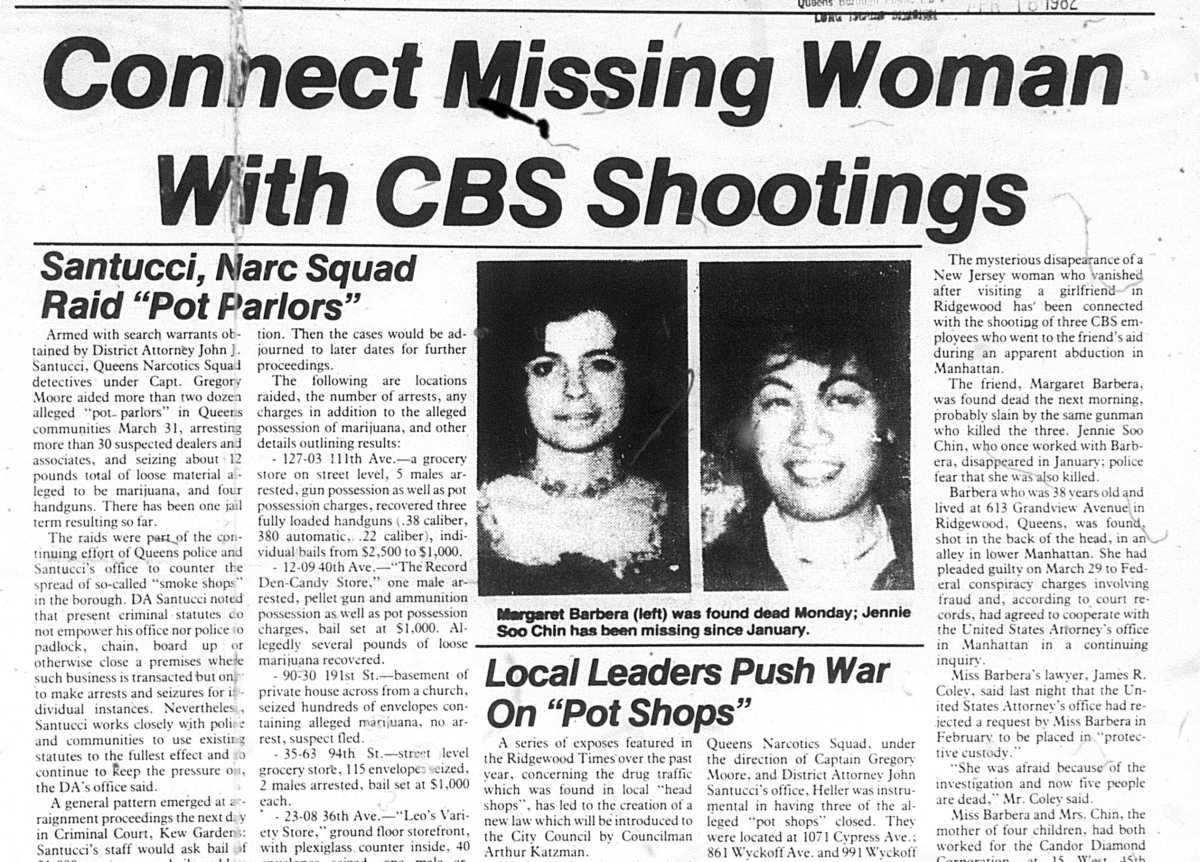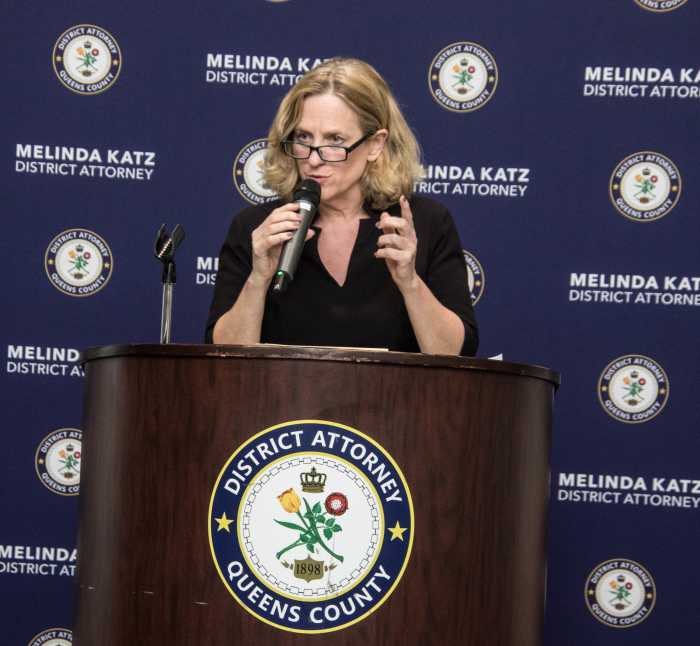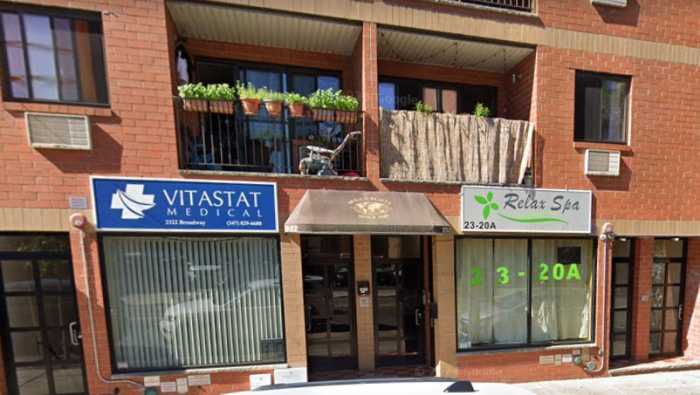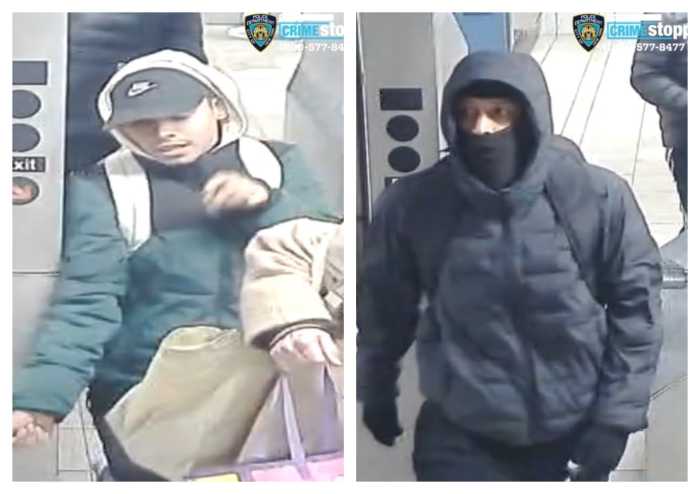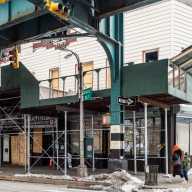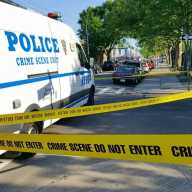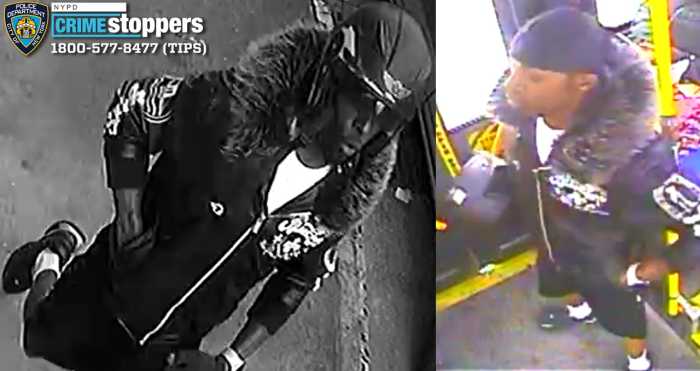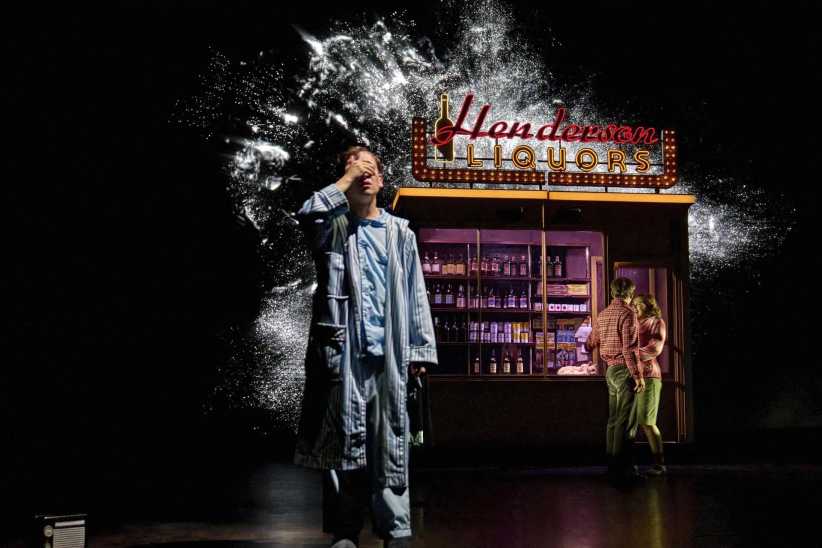One of the most infamous murder cases in New York City during the 1980s involved a Ridgewood woman at the center of a criminal investigation against her employer, who made sure a professional killer silenced her for good.
On April 12, 1982, 38-year-old Margaret Barbera, who lived at an apartment on Grandview Avenue in Ridgewood, went to enter her car parked at a lot on the West Side of Manhattan. She was then approached by a man later identified as Donald Nash (aka Donald Bowers), who fatally shot her in the head.
Weeks earlier, Barbera pleaded guilty to federal charges for her role in an embezzlement scheme with her former employer, Candor Diamond Corporation, owned by Irwin Margulies. Barbera had agreed to serve as a cooperating witness for the government.
As an investigation would later reveal, Margulies hired Nash to kill her and another employee to prevent them from potentially testifying against him. But Barbera’s death would come with even more tragic consequences.
Three CBS employees were in the parking lot and witnessed her execution. When they went to intervene, police later said, Nash turned his gun on them, fatally shooting all three men in the head before fleeing.
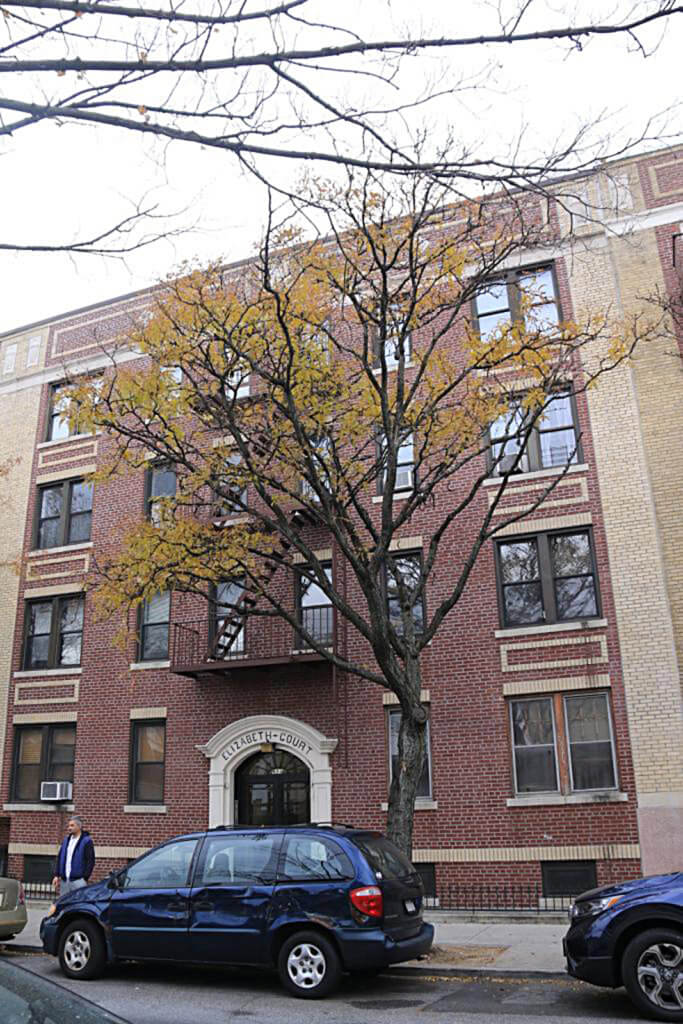
Details of the case were documented in a front page story on Barbera’s death in the April 15, 1982, Ridgewood Times, excerpts of which follows:
Barbera, who was 38 years old and lived at 613 Grandview Ave. in Ridgewood, was found shot in the back of the head in an alley in Lower Manhattan. She had pleaded guilty on March 29 to federal conspiracy charges involving fraud and, according to court records, had agreed to cooperate with the U.S. Attorney’s office in Manhattan in a continuing inquiry.
Miss Barbera’s lawyer, James R. Coley, said last night that the U.S. Attorney’s office had rejected a request by Miss Barbera in February to be placed in “protective custody.”
“She was afraid because of the investigation, and now five people are dead,” Mr. Coley said.
Miss Barbera and Mrs. [Jennie Soo] Chin, the mother of four children, worked for the Candor Diamond Corporation at 15 West 45th St. until last summer, when the company discontinued doing business. A spokesman for the Federal Bureau of Investigation, Joseph Valiquette, said that “activities” at the Candor Corporation were being investigated.
Federal authorities declined to provide additional information about the inquiry. But according to records filed in Miss Barbera’s criminal case in Federal District Court in Manhattan and other records filed in a civil bankruptcy procedure in the court, Miss Barbera had knowledge of alleged embezzlements in 1980 and 1981, totaling almost $6 million.
Miss Barbera, who was the controller of the Candor Corporation, admitted in her guilty plea that she had conspired with unidentified persons to defraud a financing company, John P. Maguire Inc., of 1290 Avenue of the Americas.
Last year, in a civil suit in Federal District Court, the Maguire company accused the Candor Company and its president, Irwin Margolies, of turning over to it “fraudulent and fictitious” accounts supposedly worth $6 million.
Detectives said last night that they would question Mr. Margolies as part of the investigation of the four murders. But they refused to say whether he was considered a suspect.
Miss Barbera’s body was found in Franklin Place, a cobblestone alley between White and Franklin streets, near Broadway.
Miss Barbera, who had been working for the Camera Service Center at 645 West 54th St., left work at about 5:30 p.m. Monday, April 12.
Her car, a blue late model BMW, was parked in a lot on the roof of Pier 92 at the Hudson River and 54th Street. James T. Sullivan, the city’s Chief of Detectives, said the police believed the killer was in a white van parked next to Miss Barbera’s car when she arrived at about 6 p.m.
Chief Sullivan said the three CBS employees — Edward M. Benford, 59, Leo A. Kuranuki, 54, and Robert W. Schulze, 58 — might have seen the gunman shoot Miss Barbera or try to force her into his van.
When the men, who were in the lot to get their cars, intervened, the killer fatally shot each of them, Chief Sullivan said.
“They came forward selflessly and did try to assist Miss Barbera,” the Chief said at Police Headquarters. “They acted heroically. Unfortunately, it had tragic results.”
The killer was described by witnesses as a man in his 30s. Chief Sullivan said ballistics tests showed that the three CBS employees had been killed by bullets fired from a .22-caliber gun.
Miss Barbera’s body was found about three miles from the parking lot. Chief Sullivan said she had been killed by a single shot from a small-caliber weapon, probably a .22-caliber gun.
For 17 years, Miss Barbera had lived in a fourth-floor apartment in Ridgewood. The building superintendent, Joseph Clundt, said she had recently told him that “someone was after her.”
Mr. Clundt said that in the last year, she had put metal bars on her windows, changed the lock on her front door and installed a burglar alarm in her car. Miss Barbera, who was about five feet tall and wore glasses, also told Clundt that she was taking karate lessons.
Another mystery in the murder case is the disappearance of Mrs. Chin, who was a bookkeeper at the Candor Company and lived at 631 Cumberland Ave. in Teaneck, NJ.
Sgt. Richard Ruffino of the Bergen County Sheriff’s Department said Mrs. Chin, who is 46, visited Miss Barbera in Ridgewood on Jan. 5 and had spent the night there.
On the night of Jan. 6, according to Sergeant Ruffino, Mrs. Chin was seen near Miss Barbera’s apartment, being pushed into her red 1978 station wagon by a ski-masked man. Her bloodstained car was found a week later in Manhattan on 36th Street, between 10th and 11th avenues.
Chief Sullivan said a .22-caliber shell casing found in Mrs. Chin’s car apparently matched the shell casings from the gun that killed the three CBS employees.
No shell casing was found near Miss Barbera’s body.
Less than a week after the murders of Barbera and the three CBS employees, police in Kentucky picked up Nash (using the Bowers alias) as he drove a stolen minivan. Though initially identified as a getaway driver connected to the murders, an investigation would ultimately reveal that Nash acted alone, on Margulies’ orders.
Nash, who lived in Keansburg, New Jersey, had a lengthy rap sheet before the murders. His record included a 1952 larceny conviction that got him a three-year sentence; a 1962 larceny conviction that carried a nine-month sentence; and numerous other arrests in New York and New Jersey.
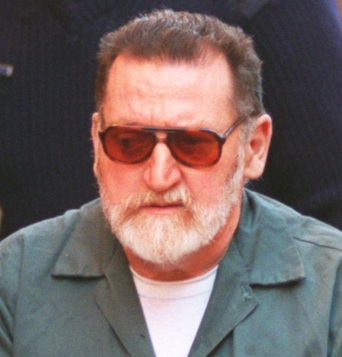
According to a report in the April 29, 1982, Ridgewood Times, FBI agents had been tailing Bowers in hopes that he would lead them to the killer, when a routine check at a Kentucky roadblock led to Bowers’ arrest. Bowers had been convicted March 24 on charges of possession of a forged taxi license, and had failed to surrender on April 13 to begin serving a 22-day sentence.
When police arrested Bowers, he was driving a van that had been painted black over its original white or off-white; a witness to the slayings told police the killer fled in a white van.
Bowers was also carrying a New York driver’s license giving his name as Donald Nash and his address as Keansburg, New Jersey. Police sources said Bowers has used the alias of Nash for about 20 years.
The investigation revealed that Margulies, who was convicted in 1982 for fraudulent activities, reached out to Nash and arranged to have Barbera and Chin murdered. It was reported that Nash asked for and received $8,000 per killing.
Nash was charged with four counts of murder, and a fifth count of conspiracy to commit murder. That fifth count represented the presumed killing of Chin, whose body was never recovered following her Jan. 6, 1982, disappearance near Barbera’s Ridgewood home.
Margolies was sentenced to a 28-year prison term on Dec. 15, 1982, for his fraud conviction. Prior to his sentencing, then-Assistant U.S. Attorney Ira Block claimed in court that Margolies ordered the hits against Barbera and Chin, though up to that point, no formal charges had been filed against him.
Nash’s trial took place over the course of seven weeks in the spring of 1983 in Manhattan Criminal Court. The case was prosecuted under the supervision of then-Manhattan District Attorney Robert Morgenthau.
Without any eyewitness testimony, The New York Times reported, the prosecution relied upon a mountain of circumstantial and scientific evidence to make their case against Nash. The prosecution called 127 witnesses and presented 380 exhibits of evidence, including ballistics reports and a record of a phone call from Nash’s home phone to Barbera’s unlisted number, which took place about six weeks before her murder.
It took the jury of nine men and three women all of 13 hours of deliberation to render a guilty verdict against Nash on all five counts. He was later sentenced to a cumulative prison term of 100 years.
Nash’s evil streak continued even behind bars. In 1994, he was charged with brutally murdering a fellow inmate at the Auburn Correctional Facility, taking his life with a large board equipped with razor blades. Nash would die in prison in 2006.
As for Margolies, he would later be charged and convicted for his role in the killings and be ordered to serve 50 years behind bars.
Sources: The New York Times, AP, the University of Virginia Law School and the Ridgewood Times.
* * *
If you have any remembrances or old photographs of “Our Neighborhood: The Way It Was” that you would like to share with our readers, please write to the Old Timer, c/o Ridgewood Times, 38-15 Bell Blvd., Bayside, NY 11361, or send an email to editorial@ridgewoodtimes.com. Any print photographs mailed to us will be carefully returned to you upon request.

